Focus on Personalized Medicine
The shift towards personalized medicine in Germany is influencing the medical imaging-software market significantly. As healthcare providers aim to tailor treatments to individual patients, the need for precise imaging and analysis becomes paramount. Software that can analyze imaging data in conjunction with genetic and clinical information is becoming increasingly valuable. This trend is expected to drive the market as healthcare professionals seek tools that enhance their ability to deliver personalized care. The medical imaging-software market is likely to benefit from this focus, as it aligns with the broader goals of improving patient outcomes and optimizing treatment strategies.
Growing Demand for Diagnostic Imaging
In Germany, the growing demand for diagnostic imaging is a key driver of the medical imaging-software market. As the population ages and the prevalence of chronic diseases rises, healthcare providers are increasingly relying on imaging technologies for accurate diagnosis and treatment planning. Reports indicate that the diagnostic imaging market is expected to grow at a CAGR of around 5.5% over the next few years. This trend necessitates the development of advanced software solutions that can handle large volumes of imaging data efficiently. Consequently, the medical imaging-software market is poised for significant expansion as healthcare facilities seek to enhance their diagnostic capabilities.
Rising Awareness of Preventive Healthcare
There is a growing awareness of preventive healthcare among the German population, which is contributing to the expansion of the medical imaging-software market. As individuals become more proactive about their health, the demand for routine imaging procedures is increasing. This trend is supported by public health campaigns that emphasize the importance of early detection and diagnosis. Consequently, healthcare providers are investing in advanced imaging technologies and the associated software to meet this rising demand. The medical imaging-software market is expected to thrive as more patients seek preventive care options, leading to an increase in imaging procedures.
Technological Advancements in Imaging Techniques
The medical imaging-software market in Germany is experiencing a surge due to rapid technological advancements in imaging techniques. Innovations such as 3D imaging, MRI, and CT scans are becoming increasingly sophisticated, enhancing diagnostic accuracy. The integration of advanced algorithms and software solutions is enabling healthcare providers to analyze images with greater precision. This trend is reflected in the market's growth, which is projected to reach approximately €1.5 billion by 2026. As hospitals and clinics adopt these cutting-edge technologies, the demand for specialized software that can process and interpret complex imaging data is likely to increase, driving the medical imaging-software market further.
Increased Investment in Healthcare Infrastructure
Germany's commitment to improving healthcare infrastructure is positively impacting the medical imaging-software market. The government has been investing heavily in modernizing hospitals and healthcare facilities, which includes upgrading imaging equipment and software. This investment is expected to exceed €10 billion by 2025, creating a favorable environment for the adoption of advanced medical imaging technologies. As healthcare providers upgrade their systems, the demand for innovative software solutions that can integrate with existing imaging technologies is likely to rise, further propelling the growth of the medical imaging-software market.


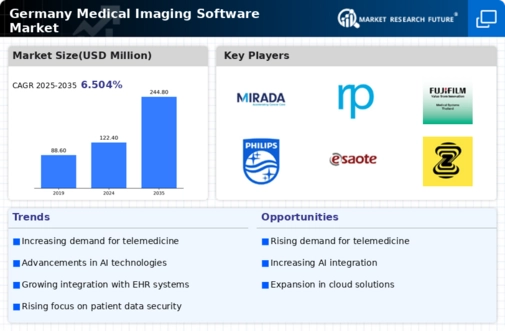
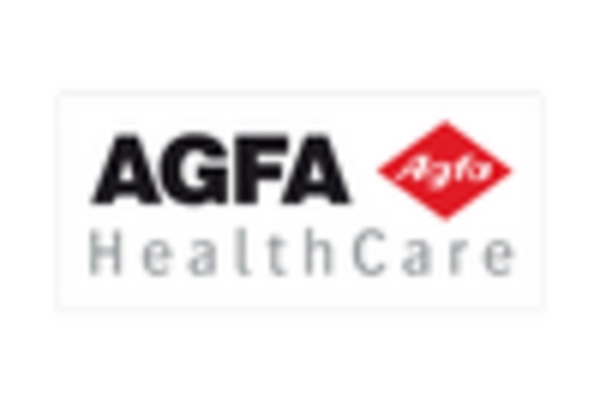
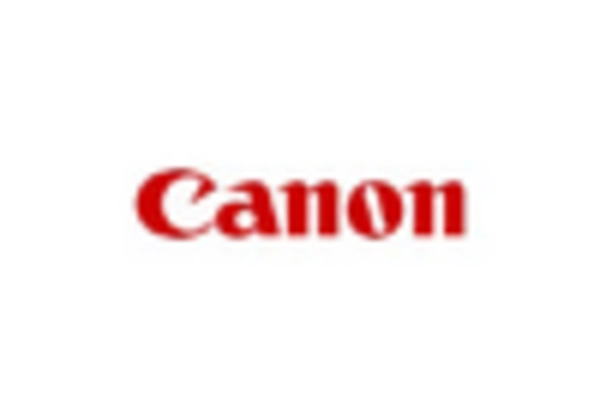
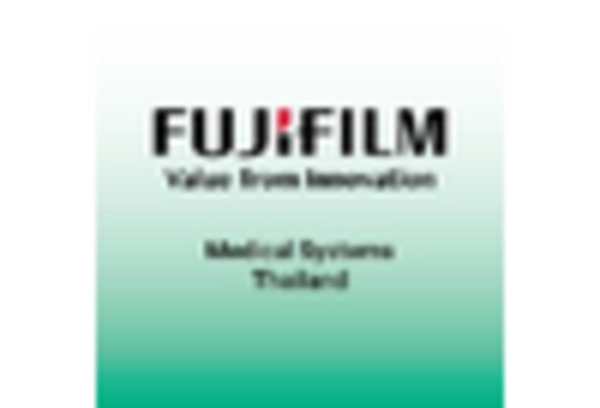
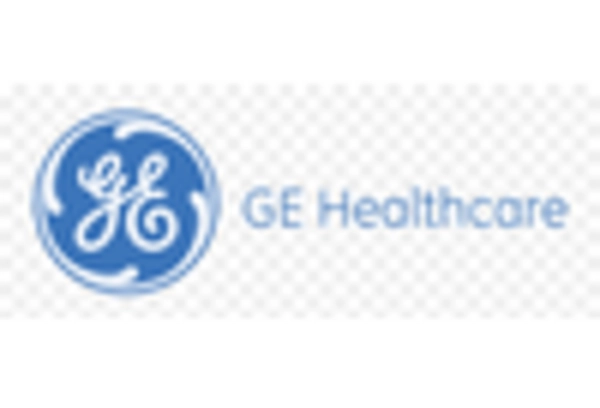
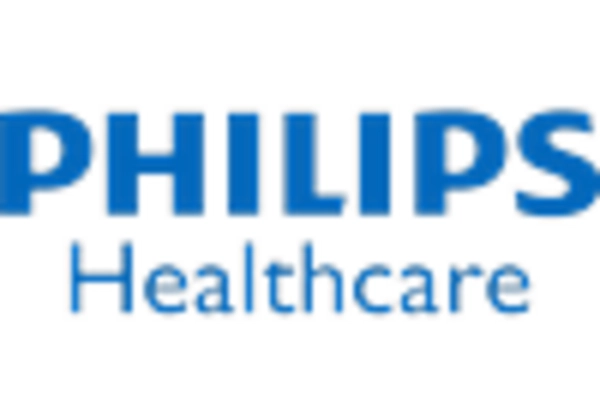
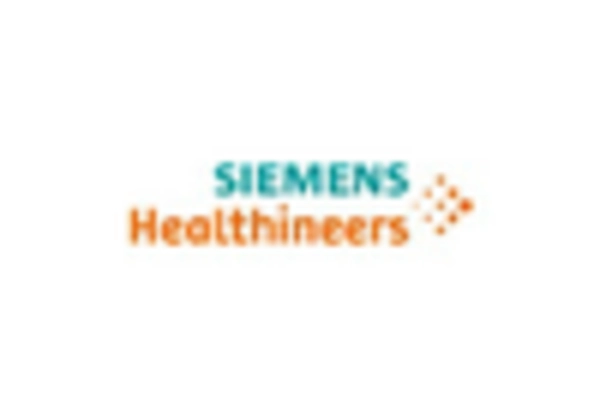








Leave a Comment